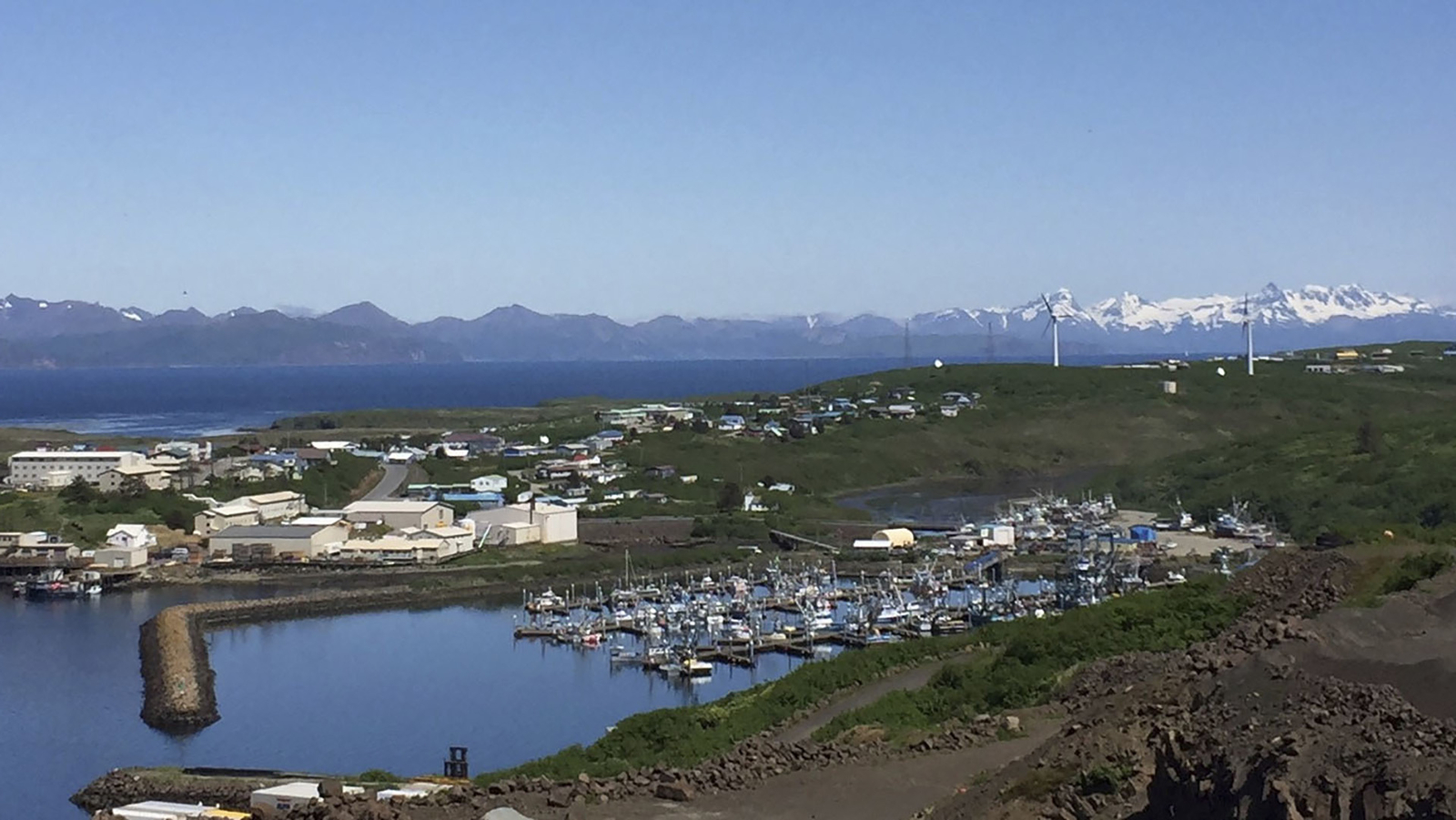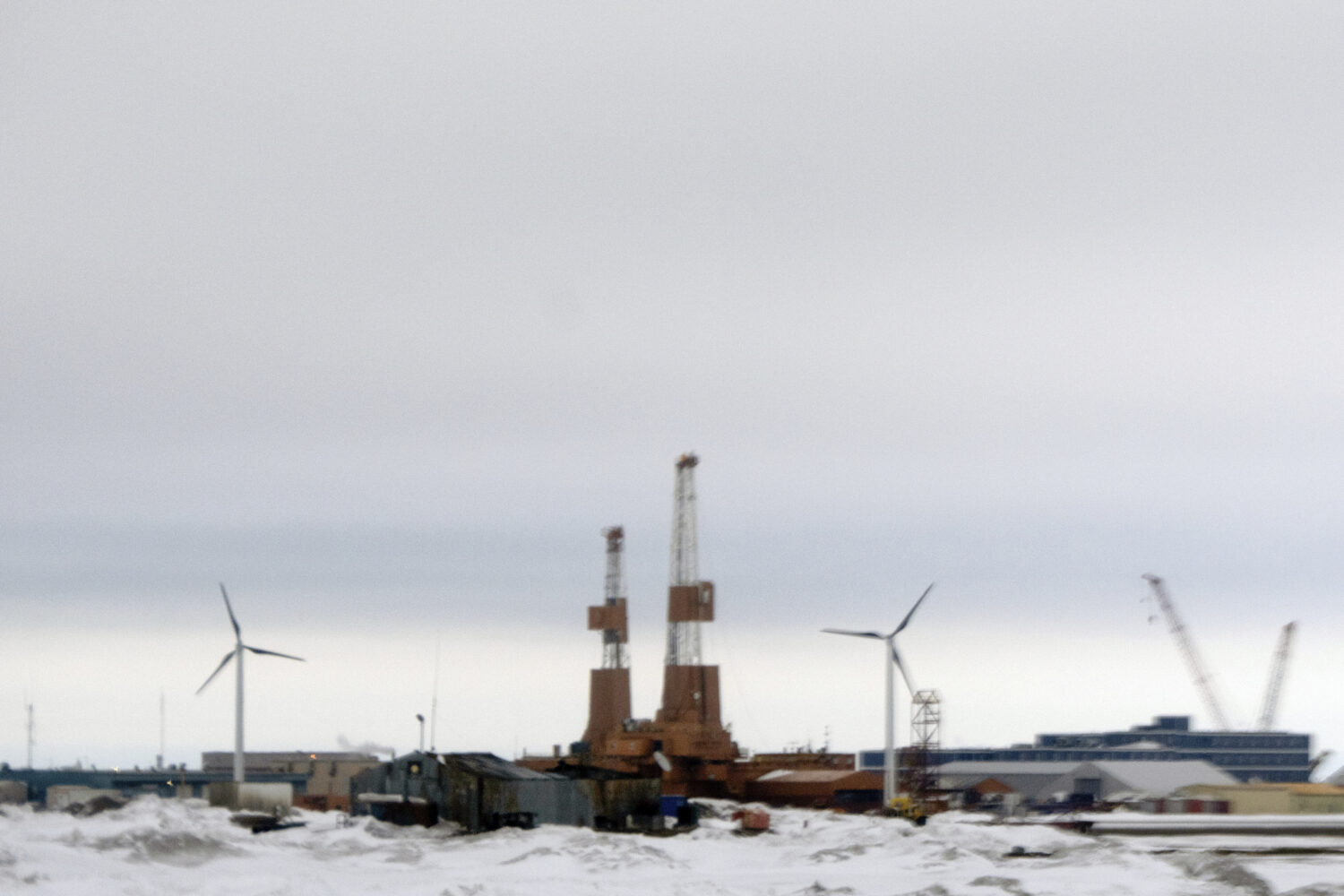Alaska Earthquake and Tsunami: What Happened and Its Impact
#alaska #earthquake #tsunami #natural_disasters #emergency_planning
Introduction
On October 19, 2020, a 7.3 magnitude earthquake struck off the coast of Alaska, causing widespread panic and chaos for its residents. The powerful earthquake triggered a tsunami warning, forcing communities along a 700-mile stretch of Alaska's southern coast to order their residents to higher ground. However, the warning was quickly downgraded and eventually canceled, leaving many wondering what exactly happened.
Key Details
The earthquake, which occurred at a depth of 21.1 kilometers, was centered about 55 miles southeast of Sand Point, Alaska. While the initial tsunami warning caused a sense of urgency and fear, the National Tsunami Warning Center soon determined that the wave heights were not large enough to pose a significant threat. In fact, the highest wave reported was only 0.7 feet above the tide level. Despite the lack of significant damage, the earthquake did cause power outages and disrupted phone and internet services in some areas of Alaska.
Impact
Although the Alaska tsunami warning was ultimately downgraded and canceled, it serves as a reminder of the ever-present danger of natural disasters. With the increased frequency and intensity of earthquakes in recent years, it is important for communities to have emergency plans in place and be prepared for any potential disasters. Fortunately, no major damage or injuries were reported in this particular incident, but it serves as a
About the Organizations Mentioned
National Tsunami Warning Center
The National Tsunami Warning Center (NTWC), operated by the National Oceanic and Atmospheric Administration (NOAA) under the National Weather Service (NWS), is a critical component of the United States’ disaster preparedness infrastructure. Headquartered in Palmer, Alaska, the NTWC is responsible for monitoring, analyzing, and issuing tsunami warnings for the continental United States, Alaska, and Canada—excluding Hawaii and U.S. Pacific territories, which fall under the Pacific Tsunami Warning Center’s jurisdiction. Established to mitigate the devastating impacts of tsunamis, the NTWC leverages advanced seismic networks, tide-level gauges, and NOAA’s Deep-Ocean Assessment and Reporting of Tsunamis (DART) buoys to detect and confirm tsunami events. When a potentially tsunamigenic earthquake is detected, the center rapidly analyzes its location, magnitude, and depth, then issues timely warnings to emergency management agencies, local officials, and the public. These alerts enable swift evacuations and protective actions, saving lives and reducing property damage. The NTWC’s origins trace back to the West Coast and Alaska Tsunami Warning Center, which was renamed in 2013 to reflect its expanded role. Over the decades, the center has played a pivotal role in improving the speed and accuracy of tsunami detection, contributing to the development of international warning systems and fostering collaboration with global partners. Today, the NTWC operates 24/7, utilizing cutting-edge technology and data analytics to provide real-time hazard assessments. Its achievements include enhancing community preparedness programs and supporting the “Tsunami Ready” recognition initiative, which empowers coastal communities to respond effectively to tsunami threats. The NTWC exemplifies how technology and public service converge to protect lives and property, making it a model for disaster resilience in the business and technology sectors.







